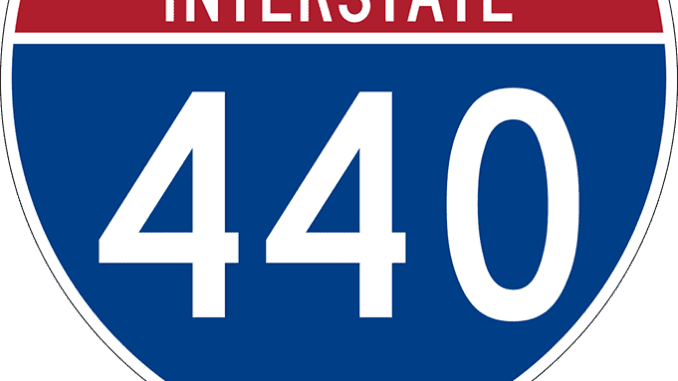
RALEIGH — Between 2010 and 2020, North Carolina gained around 904,000 residents to 10,440,000 residents, and to keep up with this 9.5% increase in population, the N.C. Department of Transportation (NCDOT) has had to ramp up infrastructure projects across the state.
The State Transportation Improvement Program (STIP) is responsible for choosing and executing these projects, and the 2020-2029 STIP plan contains 1,718 active projects. The vast majority of these projects (1,319) are in the highway category. The next highest category is bicycle/pedestrian projects, of which there are 234.
Not all projects are made equal, though, with the DOT listing 27 as “high-profile projects.” Many of these are in the state’s three largest metro areas of Charlotte, the Research Triangle and the Piedmont Triad. But there are also major projects in the mountains and at the coast, both of which are popular tourist destinations.
In the Charlotte area, Phase 1 of Gateway Station is underway, which is described as a “multi-modal station that will consolidate public transit and intercity transportation modes at Trade and Graham Streets in Uptown Charlotte.” The project’s estimated cost is $86 million and estimated completion date is sometime in 2023. Construction began in July of 2018.
Another major Charlotte project is the addition of express lanes on I-485 south of the city. Express lanes are toll lanes, which have at times been controversial, but transportation officials largely agree that with revenue from the gas tax trending down, other user-fee-based revenue sources like tolling will be needed. The estimate for this project is $346 million, with an estimated completion date near the end of 2024 — around five years from start to finish.
Like I-485 in Charlotte, the Triad’s two major projects involve loops around cities. The first is the Greensboro Urban Loop project, which the NCDOT says “will allow traffic to bypass Greensboro and improve congestion on existing I-40.” The estimated completion date for this is September of 2023. The Winston-Salem Northern Beltway is among the most expensive of all projects, at $1.74 billion, but is building a 34.5-mile beltway from scratch to relieve traffic and safety around the city. The project began in 2014, and the completion date is yet to be determined.
The area with the most major projects, though, is the Research Triangle, where major municipalities like Raleigh, Durham, Chapel Hill, Cary and Wake Forest are booming.
U.S. 70 is getting a couple makeovers through the Triangle area. One, called the East End Connector, will create a connection between 70 and 147 in Durham. The project started in 2015 and will complete this summer, with a price tag of $142 million. I-70 is also getting improvements from Raleigh to Morehead City, a major port city along the coast. This project started in 2014 but lists no end date or cost estimate, likely because there are multiple parts and stages of the project.
The I-40 corridor, and its 440 and 540 loops around Raleigh, are also getting a lot of work in the Triangle area. Among the most discussed projects is finishing the I-540 beltway through the southern suburbs of Raleigh. This project, called the Southeast Extension, starts between Apex and Holly Springs and goes east through Fuquay-Varina to Garner and then ends in Knightdale. Work started in 2019, but a finish date is still yet to be determined. The cost estimate is $2.2 billion.
The NCDOT is also widening I-40 between Raleigh and Clayton, at a price tag of $360 million and with a finish date in 2023. The area of 440 between Walnut Creek in Cary and Hillsborough Street in Raleigh will also get a widening, with the four-lane bottleneck in that area and an awkward left-lane entrance getting reworked and made into six lanes to match the surrounding sections. This project is estimated to cost $475 and to be completed in the summer of 2023. There is also a $175 million project to widen I-40 from Hillsborough through Chapel Hill and Durham.
Those who want to see if there are projects in their area, or get an update on their status, can visit https://www.ncdot.gov/projects
The Cash Watch Weekly Report, which was implemented recently by the General Assembly after financial irregularities within the NCDOT, showed the department had about $2.6 billion on hand from all sources during the week that ended on Feb. 3.

